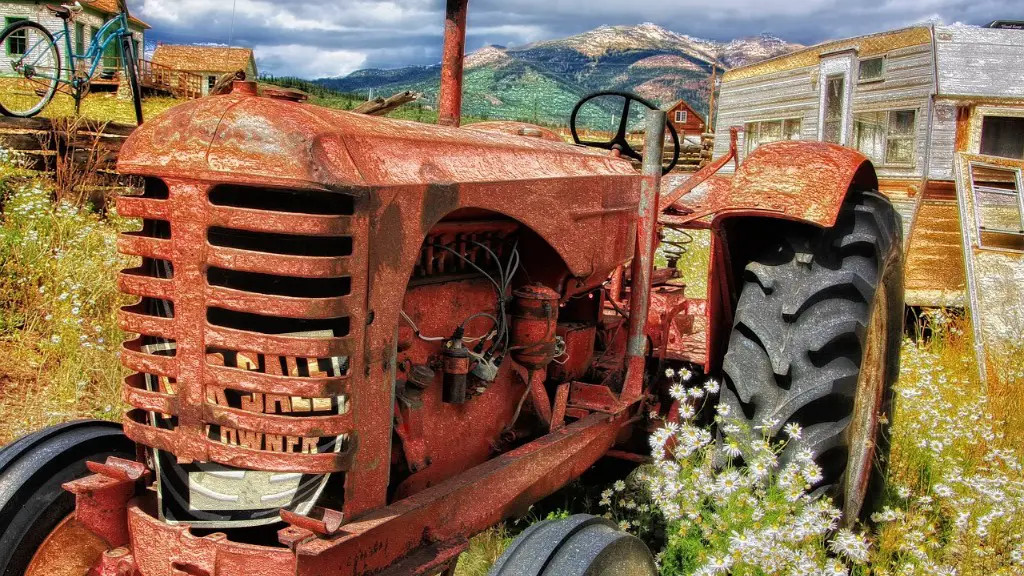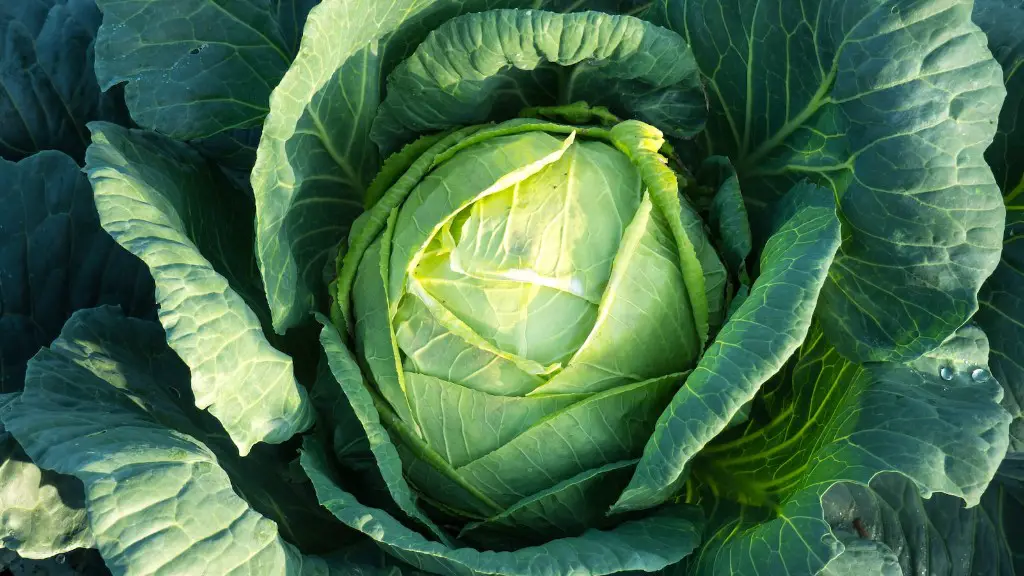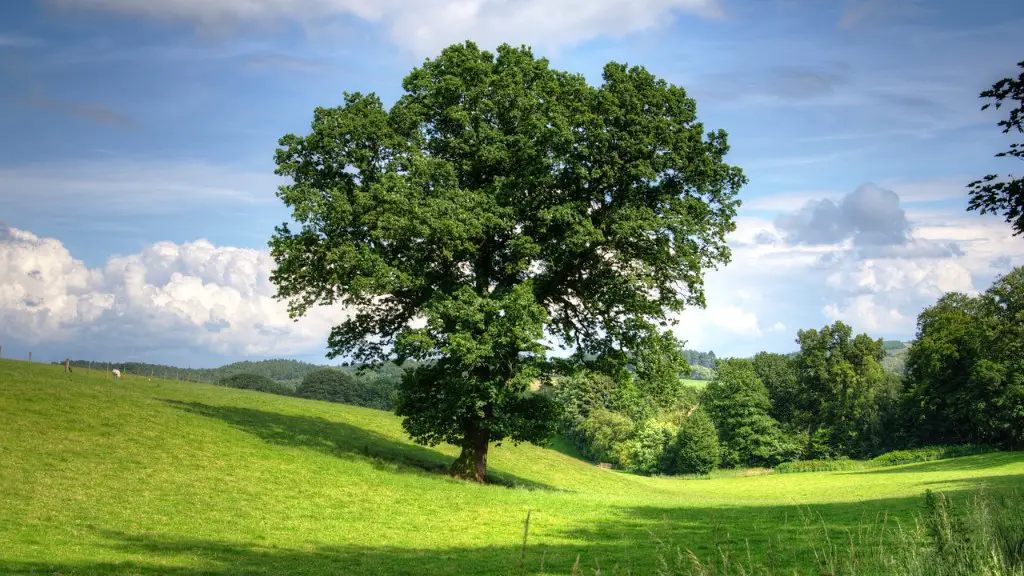Soil conservation is linked to sustainable agriculture in multiple ways. Firstly, conservation practices can protect the soil from degradation, thus allowing nutrient-rich soil to remain fertile for growing crops. Additionally, soil conservation can prevent or reduce runoff of chemicals and other pollutants that can harm agricultural production. Consequently, by conserving the soil, a healthier agricultural cycle is created that is conducive to sustainable agricultural production.
In addition to protecting the soil from degradation and runoff, conservation practices are often employed in soils with poor fertility. Conservation practices such as crop rotation, intercropping, mulching, and no-till can significantly increase soil fertility, allowing crops to reach their full potential. In areas of low fertility, the use of soil conservation practices can help to ensure that crops are able to be grown with minimal soil degradation.
Conservation practices are also essential for irrigated farms. Since much of the water used for irrigation is lost due to infiltration or runoff, soil conservation can help to reduce water loss and maximize the efficiency of irrigation. Additionally, conservation practices can be used to reduce water contamination, allowing the use of clean water for irrigated crops. This can help to ensure that crops receive the highest quality water instead of contaminated runoff.
Finally, soil conservation helps to mitigate climate change. By using conservation practices, farmers can reduce surface runoff, filter out pollutants, and keep soils in a healthy state. This can help to reduce the impact of climate change on agricultural production and create a more sustainable agricultural system. Conservation practices can be tailored to a specific area’s needs, helping farmers to optimize their crop production without sacrificing sustainability.
Crop Rotation & Intercropping
Crop rotation and intercropping are two of the most effective and long-standing ways to maintain sustainable soil conservation practices. During crop rotation, a farmer rotates several different crop types through the same soil over the course of several years. This breaks up the monotony of soil nutrients, returning valuable nutrients and minerals to the soil. Similarly, intercropping mixes two or more crop species together, allowing each to benefit from different nutrients in the soil. The result is a healthy, sustainable soil system that is better suited to provide a variety of crops with all their needed nutrients.
Mulching & No-Till Agriculture
Mulching and no-till agriculture are also important soil conservation techniques. Mulch is any material that is spread over the soil to protect it from the elements. This can include straw, leaves, paper, plastic, or other organic materials. When mulched, soil is able to retain more moisture and nourishments, resulting in healthier plants. Similarly, no-till agriculture, also known as zero-tillage, is a form of farming that does not involve plowing the soil. This reduces the amount of soil erosion and retains all of the inherent nutrients in the soil.
Organic Soil Improvement
Organic soil improvement, particularly the use of organic fertilizers and amendments, can greatly improve the health of soils. These amendments improve the soil’s ability to hold moisture and nutrients, reduce soil erosion, and support beneficial microbial life. This type of soil maintenance helps to ensure that crops are grown in an optimal environment and that soils remain fertile for future generations.
Cover Crops
Cover crops are also used to increase nutrient availability and minimize soil degradation. Cover crops, also known as green manure, are plants that are grown to improve the soil structure. By adding cover crops, soils are better able to hold onto both moisture and nutrients, creating a healthier, more productive soil environment. Additionally, cover crops can also combat soil erosion, as their roots help to bind the soil together and prevent wind and water erosion.
Composting
The use of compost is a great way to reduce the impact of agricultural activity on the environment. Composting is the process of collecting organic materials, such as leaves, branches, and manure, and breaking them down into a nutrient-rich soil additive. When added to soil, compost can help to enhance fertility, reduce runoff, and prevent soil erosion. This can provide an excellent source of organic matter for sustainable agricultural production.
Improved Irrigation Systems
Finally, the use of improved irrigation systems can have a major impact on soil conservation. While traditional irrigation involves putting water on the soil, many modern systems involve drip irrigation, sprinkler irrigation, and other techniques that deliver water closer to the roots of plants. This reduces runoff and helps to conserve valuable nutrients, creating an environment in which crops can thrive.


